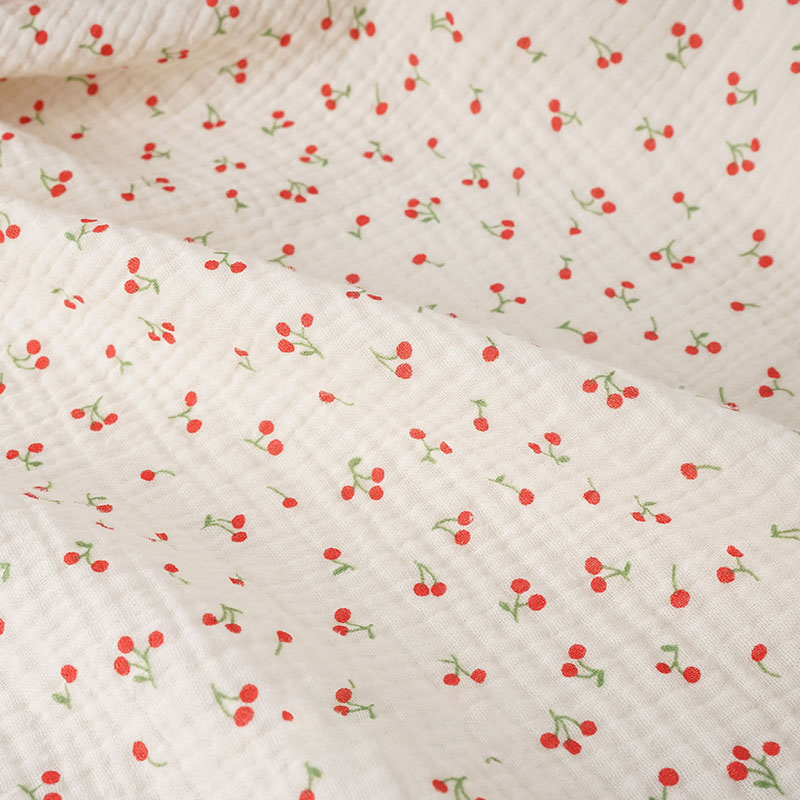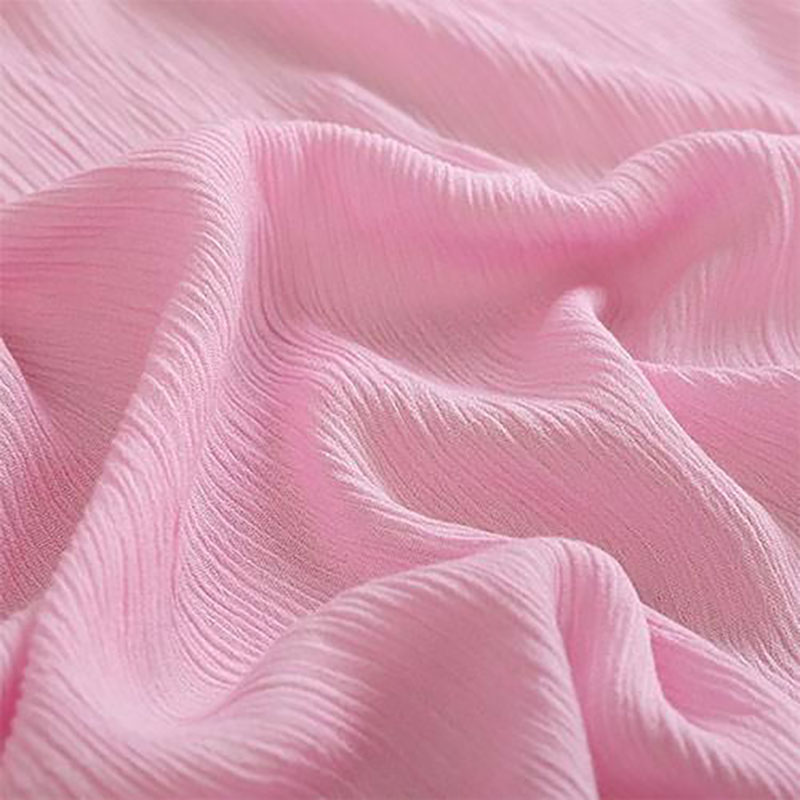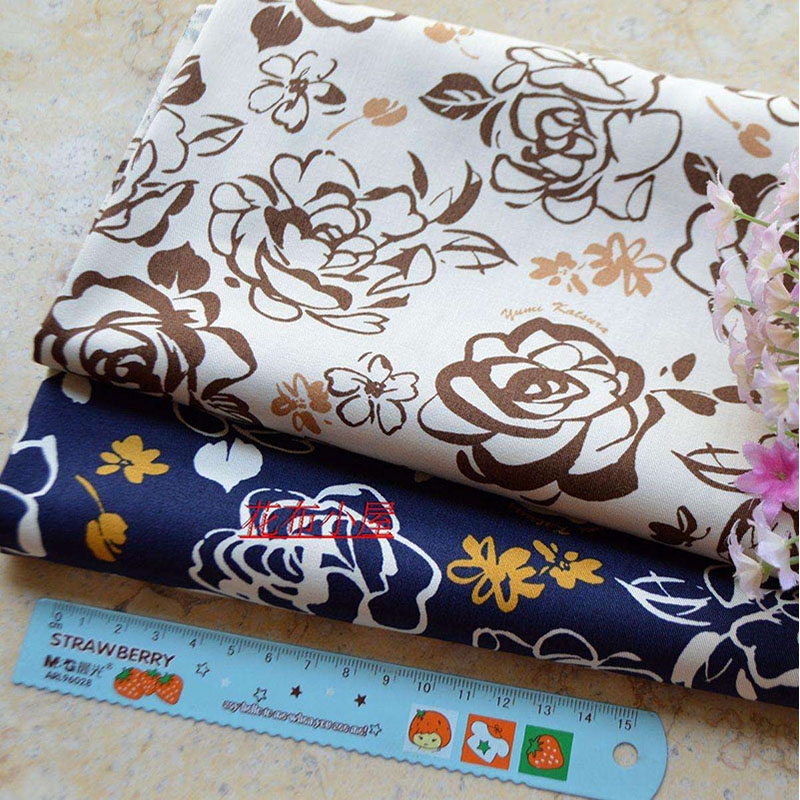In the ever-evolving textile industry, achieving the perfect blend of durability and softness in fabrics is a significant challenge. Consumers demand materials that not only hold up against wear and tear but also feel comfortable against the skin. This article delves into innovative solutions and advancements that allow manufacturers to meet these dual requirements seamlessly.

Fabric durability is a measure of a textile's ability to resist wear over time. This property is crucial for industries like apparel, automotive, and home furnishings. Advancements in fiber technology have led to the development of high-performance fabrics that exhibit enhanced abrasion resistance without compromising the softness that consumers desire.
Softness in textiles is often associated with the type of fiber used and the finishing processes employed. Many manufacturers are innovating by exploring natural fibers such as bamboo and organic cotton, as well as advanced synthetic blends that offer a soft touch while maintaining durability. The combination of these materials can lead to fabrics that are both gentle on the skin and resistant to damage.

Recent technological advancements have introduced various methods for enhancing both durability and softness. One prominent approach involves the use of advanced coatings that provide added strength while minimizing the roughness of the fabric surface. Additionally, the integration of smart textiles has begun to emerge, allowing fabrics to adapt to different conditions, further enhancing durability without sacrificing comfort.
Striking the right balance between durability and softness is essential for the textile industry’s growth and consumer satisfaction. By investing in innovative materials and processes, manufacturers can meet the ever-increasing demands of the market. Embracing these advancements will not only improve product performance but also foster long-term customer loyalty.

